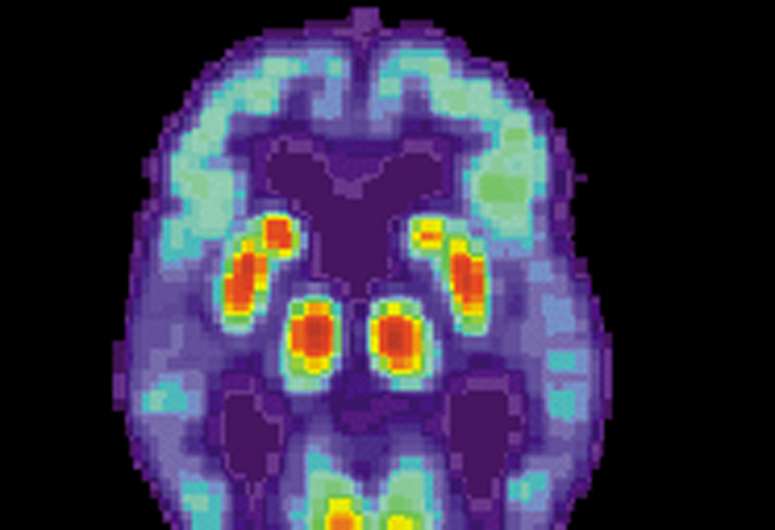
Mount Sinai researchers have used novel artificial intelligence methods to examine structural and cellular features of human brain tissues to help determine the causes of Alzheimer’s disease and other related disorders. The research team found that studying the causes of cognitive impairment by using an unbiased AI-based method—as opposed to traditional markers such as amyloid plaques—revealed unexpected microscopic abnormalities that can predict the presence of cognitive impairment. These findings were published in the journal Acta Neuropathologica Communications on September 20.
“AI represents an entirely new paradigm for studying dementia and will have a transformative effect on research into complex brain diseases, especially Alzheimer’s disease,” said co-corresponding author John Crary, MD, Ph.D., Professor of Pathology, Molecular and Cell-Based Medicine, Neuroscience, and Artificial Intelligence and Human Health, at the Icahn School of Medicine at Mount Sinai. “The deep learning approach was applied to the prediction of cognitive impairment, a challenging problem for which no current human-performed histopathologic diagnostic tool exists.”
The Mount Sinai team identified and analyzed the underlying architecture and cellular features of two regions in the brain, the medial temporal lobe and frontal cortex. In an effort to improve the standard of postmortem brain assessment to identify signs of diseases, the researchers used a weakly supervised deep learning algorithm to examine slide images of human brain autopsy tissues from a group of more than 700 elderly donors to predict the presence or absence of cognitive impairment. The weakly supervised deep learning approach is able to handle noisy, limited, or imprecise sources to provide signals for labeling large amounts of training data in a supervised learning setting.
This deep learning model was used to pinpoint a reduction in Luxol fast blue staining, which is used to quantify the amount of myelin, the protective layer around brain nerves. The machine learning models identified a signal for cognitive impairment that was associated with decreasing amounts of myelin staining; scattered in a non-uniform pattern across the tissue; and focused in the white matter, which affects learning and brain functions. The two sets of models trained and used by the researchers were able to predict the presence of cognitive impairment with an accuracy that was better than random guessing.
In their analysis, the researchers believe the diminished staining intensity in particular areas of the brain identified by AI may serve as a scalable platform to evaluate the presence of brain impairment in other associated diseases. The methodology lays the groundwork for future studies, which could include deploying larger scale artificial intelligence models as well as further dissection of the algorithms to increase their predictive accuracy and reliability. The team said that ultimately, the goal of this neuropathologic research program is to develop better tools for diagnosis and treatment of people suffering from Alzheimer’s disease and related disorders.
“Leveraging AI allows us to look at exponentially more disease relevant features, a powerful approach when applied to a complex system like the human brain,” said co-corresponding author Kurt W. Farrell, Ph.D., Assistant Professor of Pathology, Molecular and Cell-Based Medicine, Neuroscience, and Artificial Intelligence and Human Health, at Icahn Mount Sinai. “It is critical to perform further interpretability research in the areas of neuropathology and artificial intelligence, so that advances in deep learning can be translated to improve diagnostic and treatment approaches for Alzheimer’s disease and related disorders in a safe and effective manner.”
Lead author Andrew McKenzie, MD, Ph.D., Co-Chief Resident for Research in the Department of Psychiatry at Icahn Mount Sinai, added, “Interpretation analysis was able to identify some, but not all, of the signals that the artificial intelligence models used to make predictions about cognitive impairment. As a result, additional challenges remain for deploying and interpreting these powerful deep learning models in the neuropathology domain.”
Source: Read Full Article


